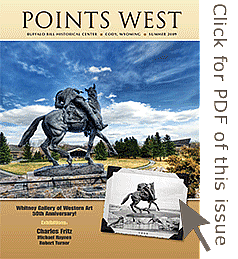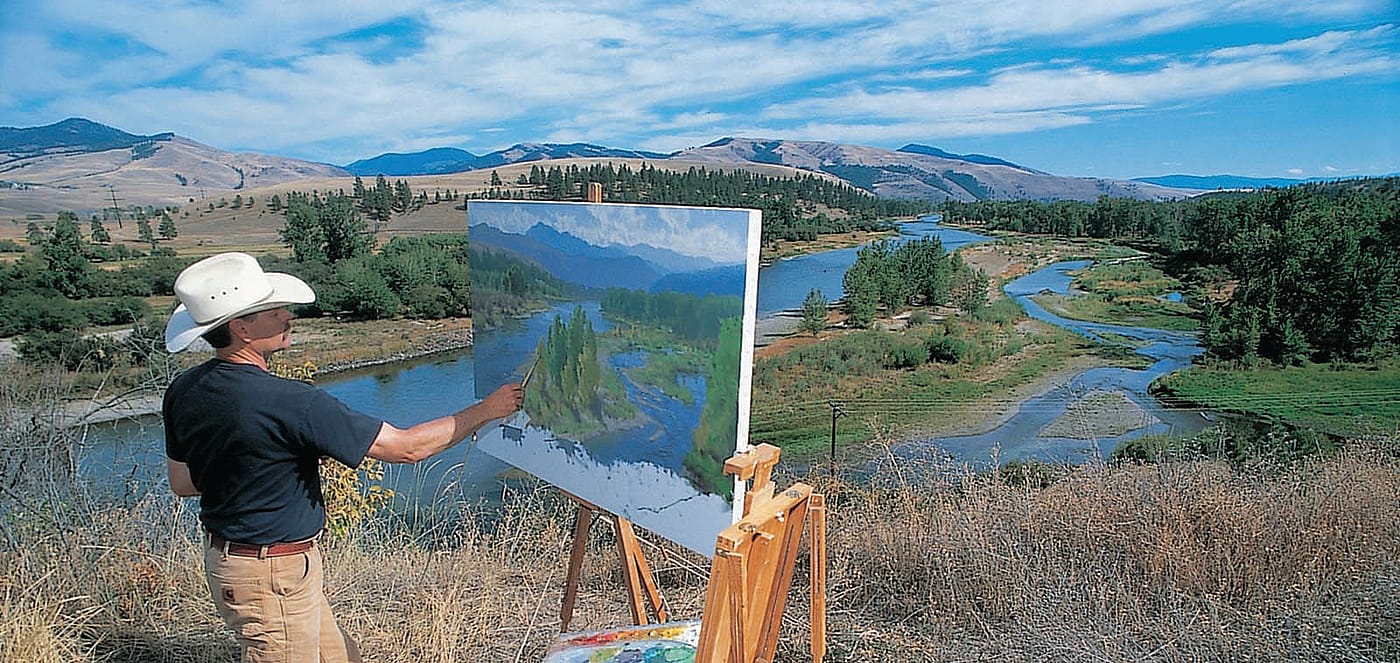
Charles Fritz: A Present-Day Artist on the Trail of Lewis and Clark – Points West Online
Originally published in Points West magazine
Summer 2009
A Present-Day Artist on the Trail of Lewis and Clark
By Christine C. Brindza
It began with one historical painting about Captains Lewis and Clark. Ten years and a hundred paintings later, Charles Fritz finished a series that comprehensively illustrates the journals of these famous explorers from the Corps of Discovery. He created a unique collection of history and landscape paintings as if he were an artist accompanying the trip. Fritz depicts the journal entries in a style of his day—as an artist of the twenty-first century, rather than one of the early 1800s. In so doing, he brings history into the present, making the journey relevant to modern audiences.
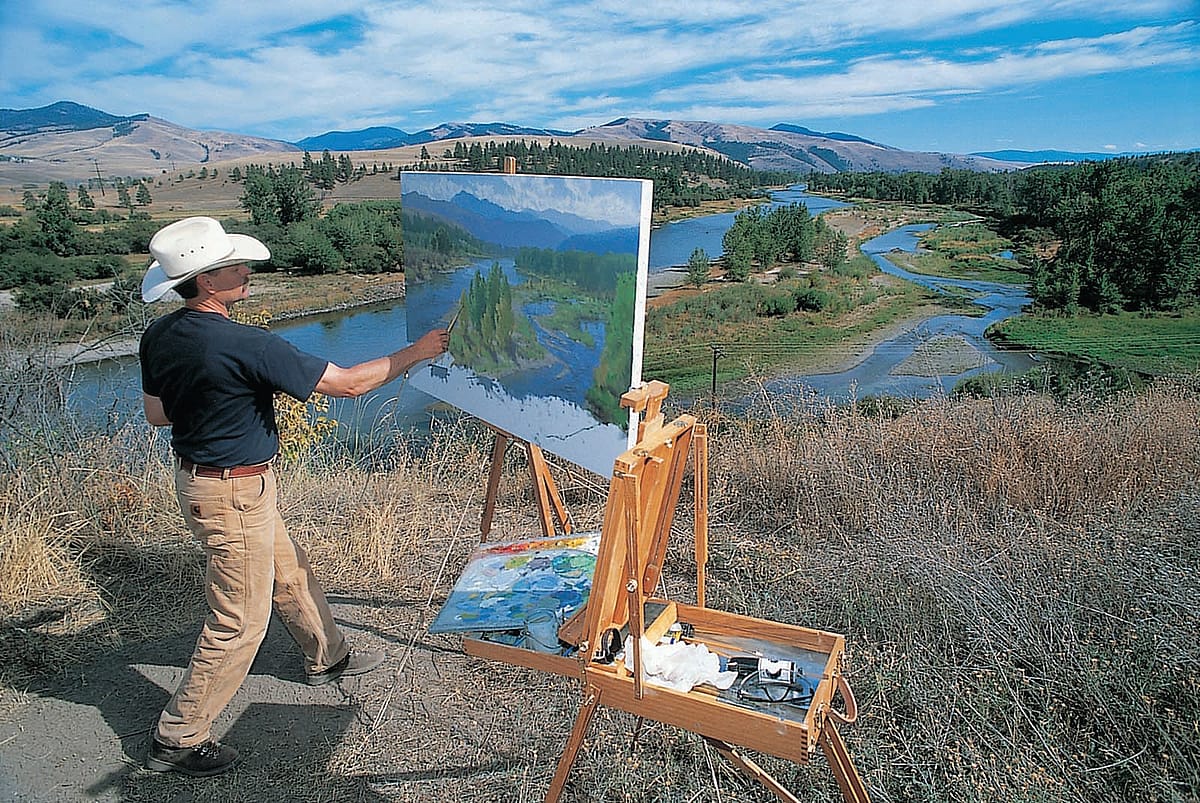
An art collector selected Fritz to do a painting based on an entry in the Lewis and Clark journals, specifically of the confluence of the Yellowstone and Missouri Rivers in Montana. While he worked on the commission, Fritz became aware that, unlike other expeditions to follow, Lewis and Clark did not have an artist with them. This sparked his interest, and an idea was born, fueled by Fritz’s background in history and his passion for the Rocky Mountain landscape.
This famous expedition, one that helped shape America as a nation, inspired the artist to undertake his own personal trek across the country, following the trail of Lewis and Clark. Fritz immersed himself in the subject, traveling the entire route twice and making multiple field studies at each site. He used models and re-enactors in period clothing, examining every detail for historical accuracy. The artist found continual inspiration in the sights he experienced first-hand, but also in the words of Lewis, Clark, and others who recorded their expedition to the Pacific and back.
Long before developing the idea of a Lewis and Clark series, Fritz considered himself a painter in the tradition of the French and American Impressionists. Born in Mason City, Iowa, and educated at Iowa State University, he originally planned to be an educator. However, he left that profession to pursue art full time, which he has enjoyed for the past thirty years.
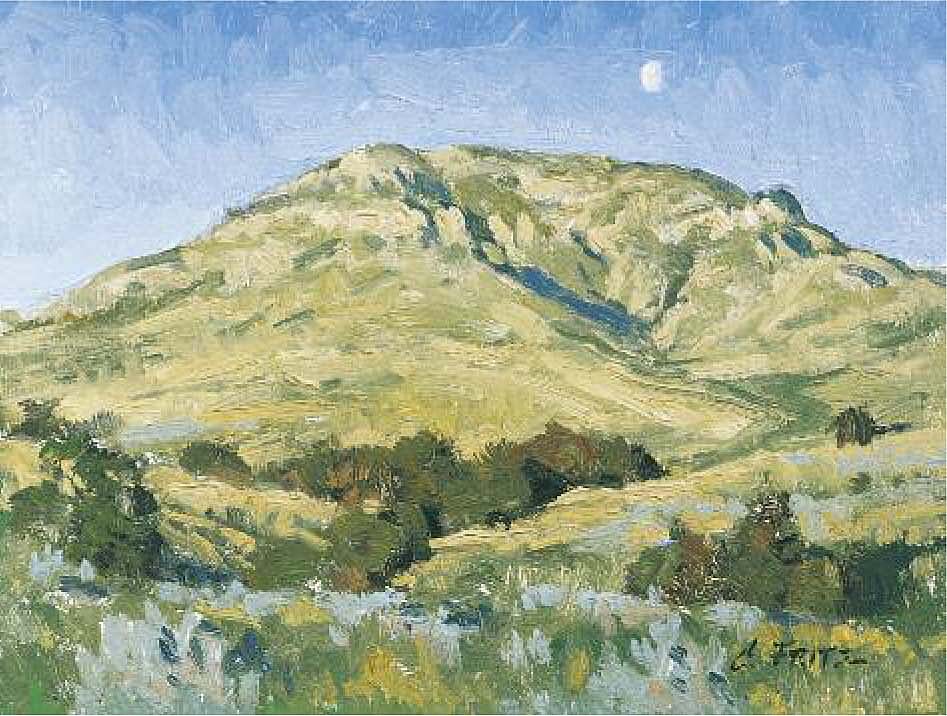
In his own words, Fritz is a “western landscape and western history painter.” For the past fifteen years, he has painted historical subjects, ranging from western homesteads to pueblos. The pinnacle, though, has been the Lewis and Clark series.
Fritz also paints landscapes. Fascinated with the play of light in the environment, he paints en plein air, or out of doors. He strives for realism in his work, observing directly from nature. Fritz seeks color harmony—balancing lights and darks, warm reds with cool blues, on his canvases. His work is influenced by western artists of the late nineteenth and early twentieth centuries who came before him, such as Maynard Dixon, Frederic Remington, William H. “Buck” Dunton, and scores of others who painted features of the AmericanWest. In his Lewis and Clark series, Fritz was highly influenced by the artistic documents of explorer-artists Karl Bodmer and Carl Wimar.
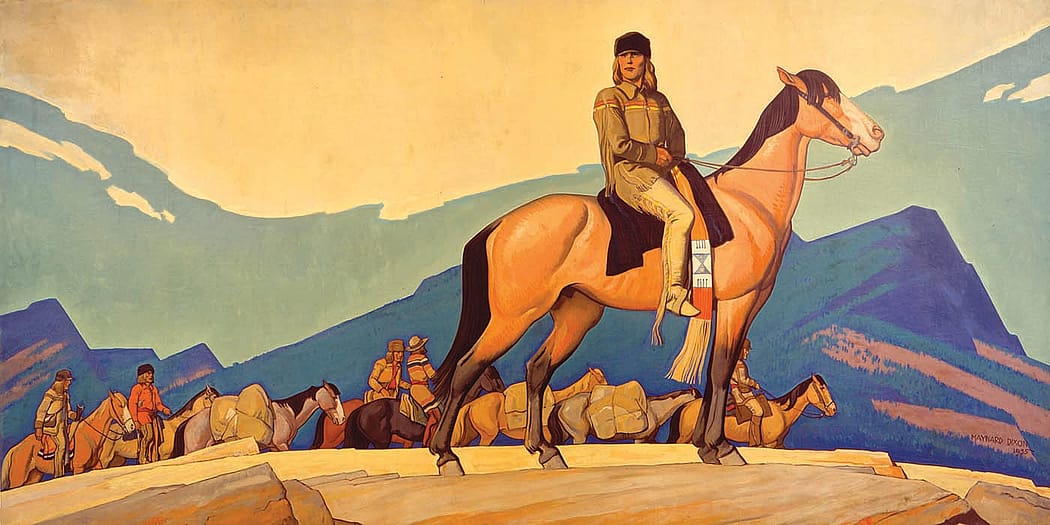
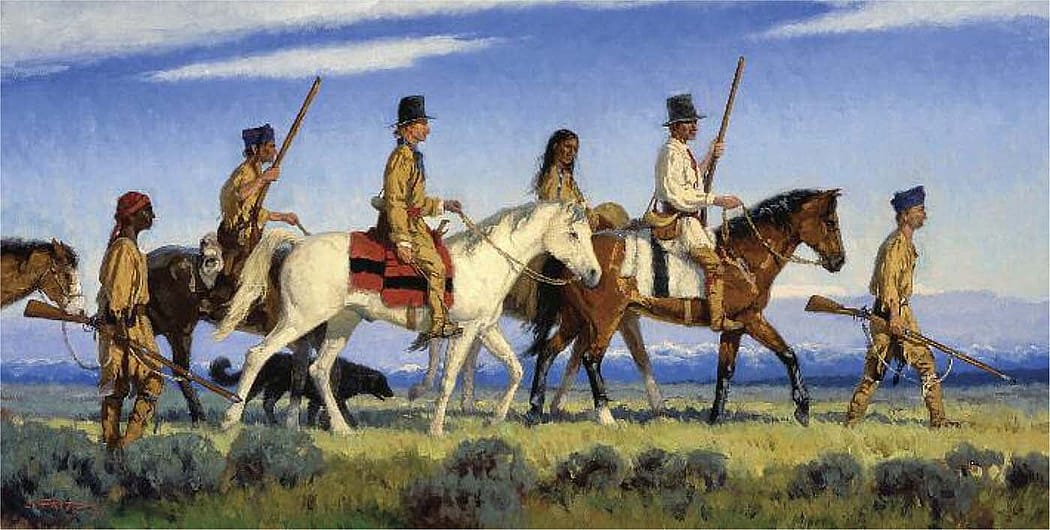
It was gratifying to the artist that this collection was presented for the first time in its entirety at the Buffalo Bill Center of the West as a special exhibition in the summer of 2009. the exhibition, An Artist with the Corps of Discovery: One Hundred Paintings Illustrating the Journals of Lewis and Clark, was a fitting conclusion to his ten years of hard work and determination.
Take a closer look at Charles Fritz’s journey as an artist-explorer…
Post 299
Written By
Nancy McClure
Nancy now does Grants & Foundations Relations for the Center of the West's Development Department, but was formerly the Content Producer for the Center's Public Relations Department, where her work included writing and updating website content, publicizing events, copy editing, working with images, and producing the e-newsletter Western Wire. Her current job is seeking and applying for funding from government grants and private foundations. In her spare time, Nancy enjoys photography, reading, flower gardening, and playing the flute.
